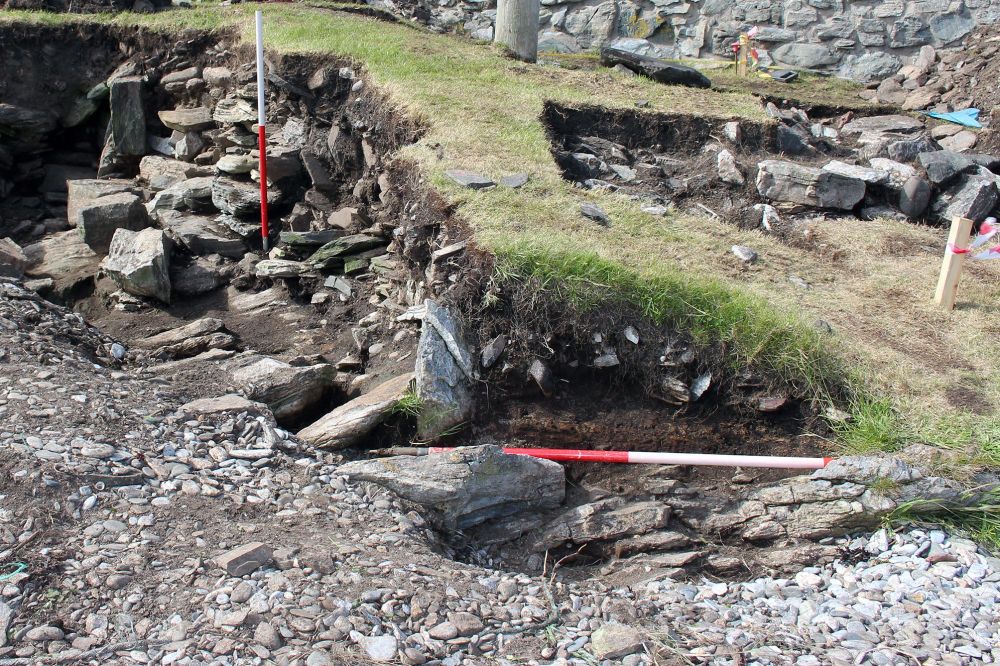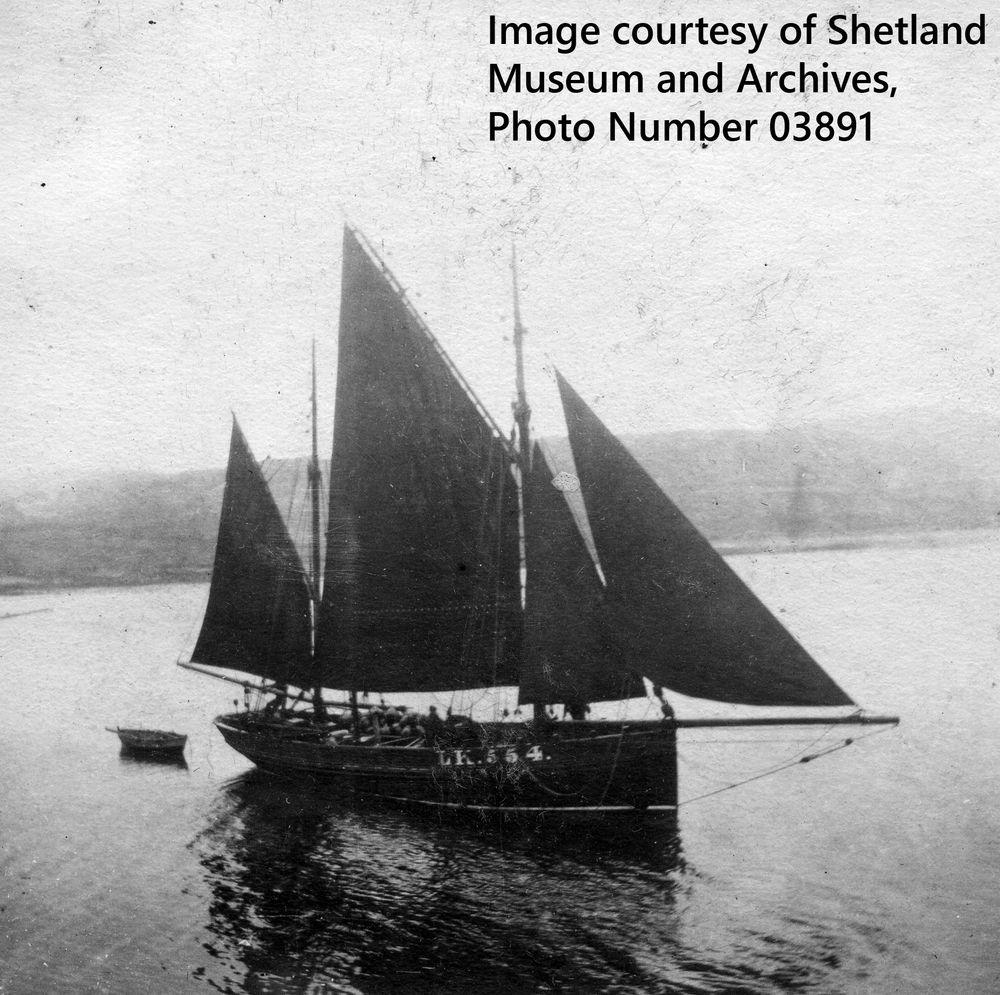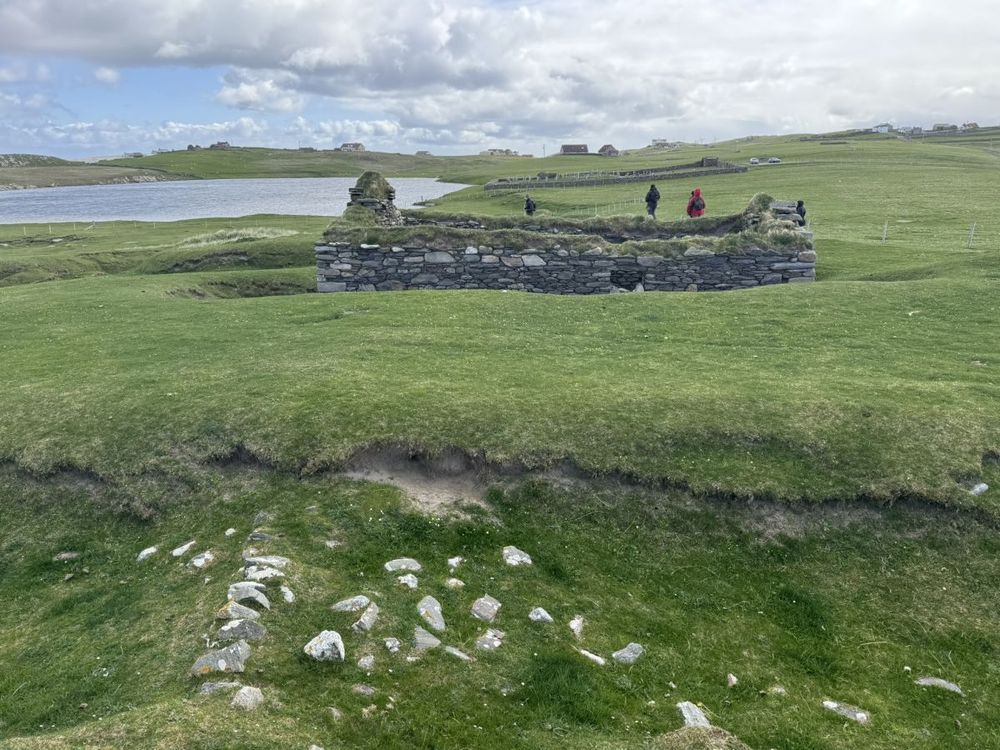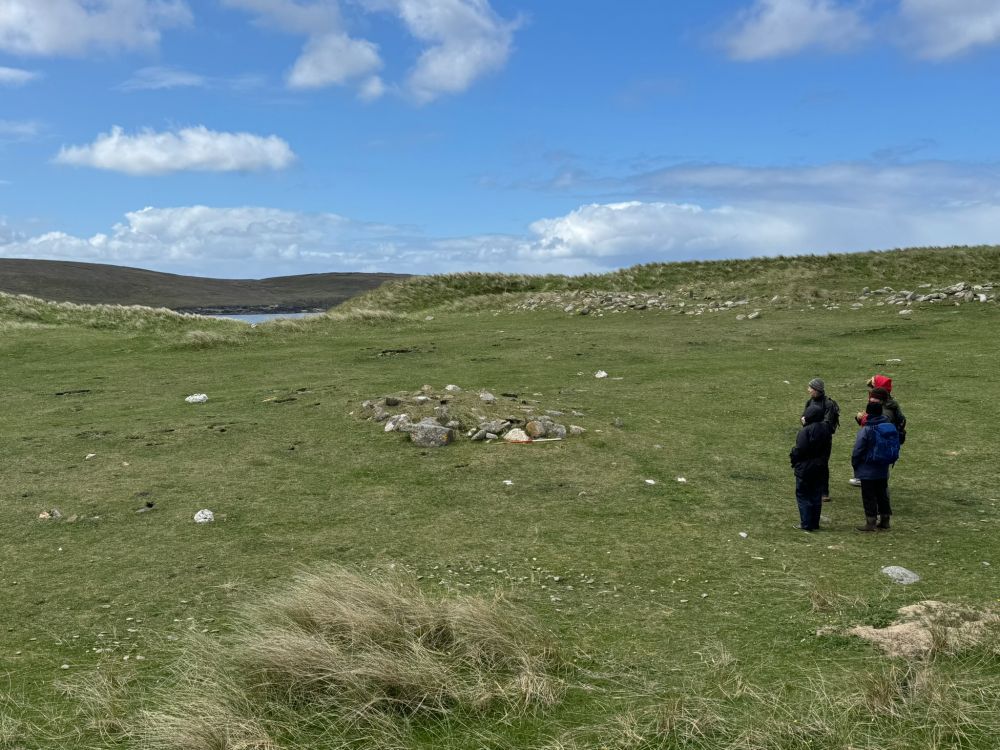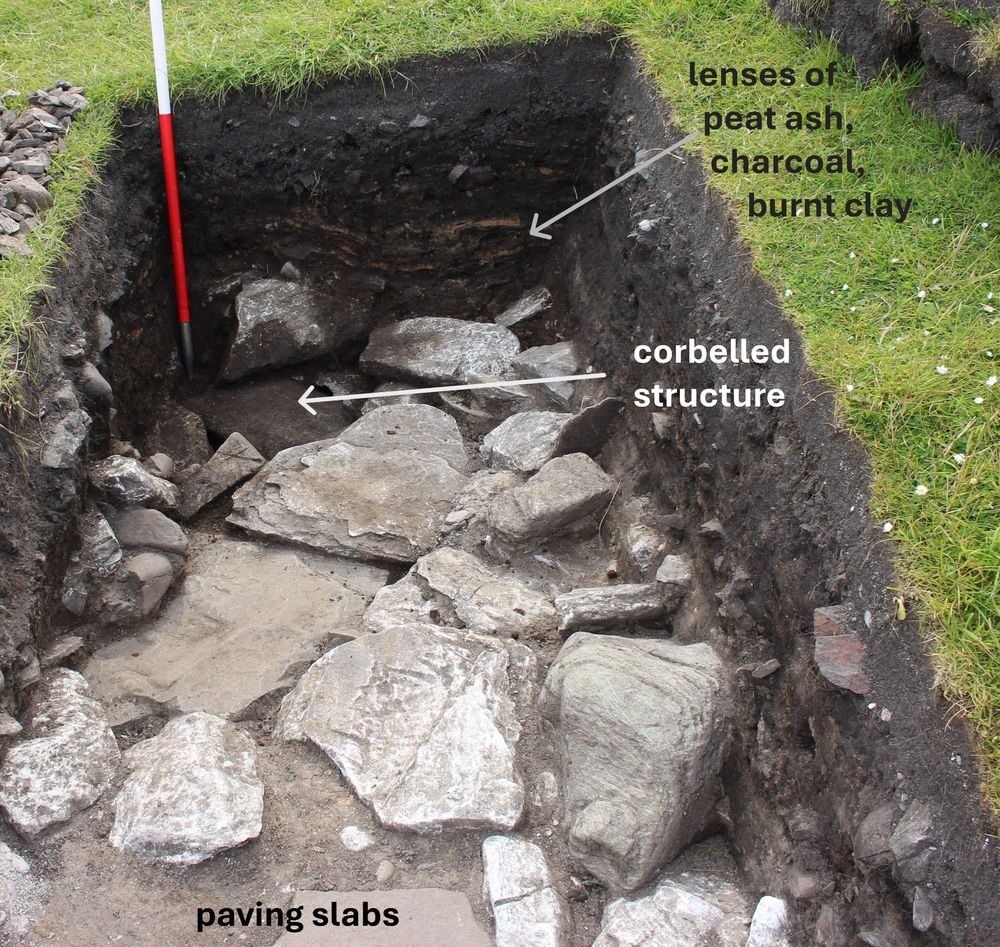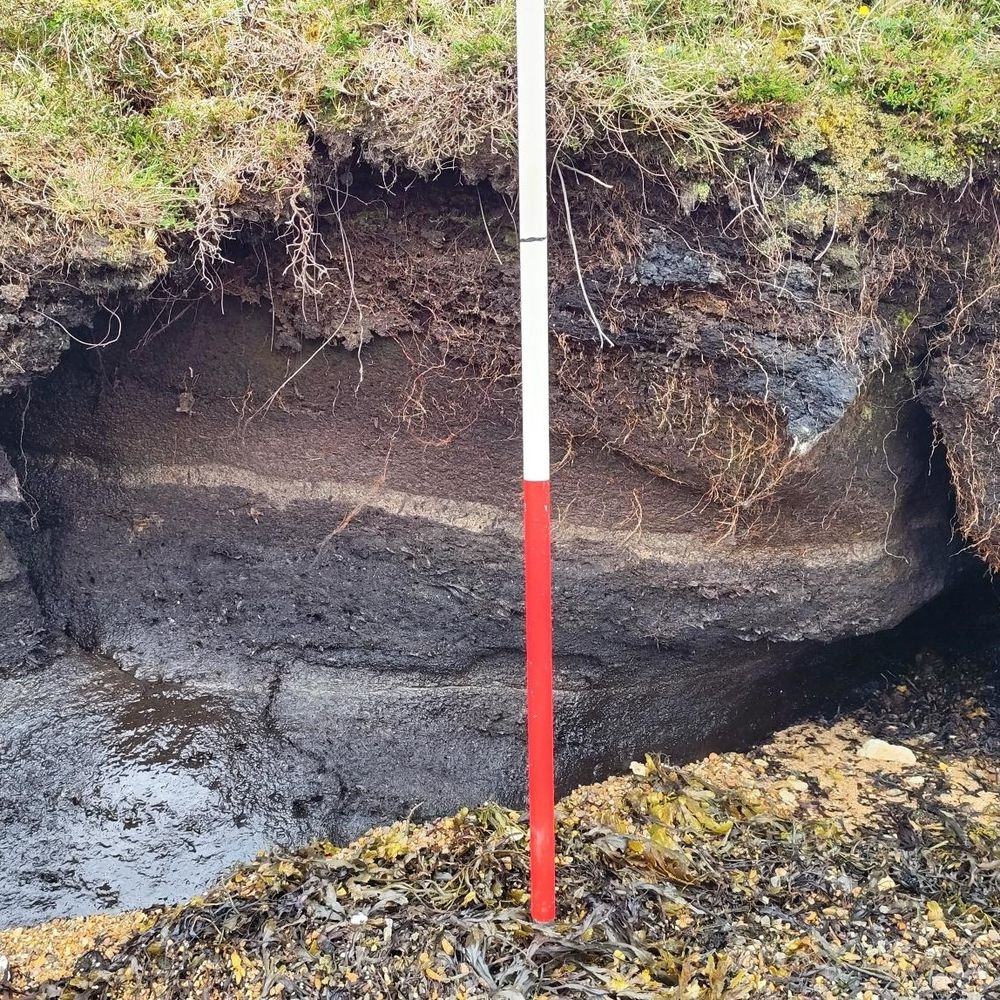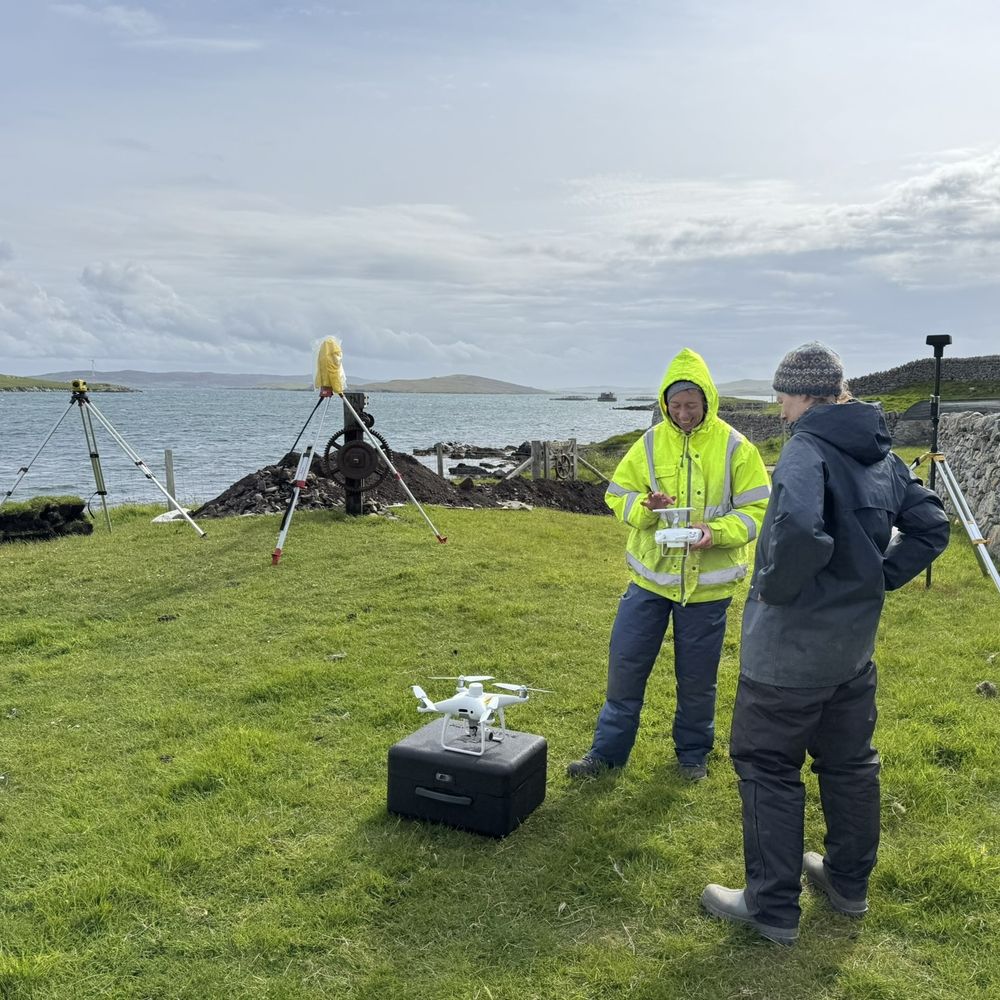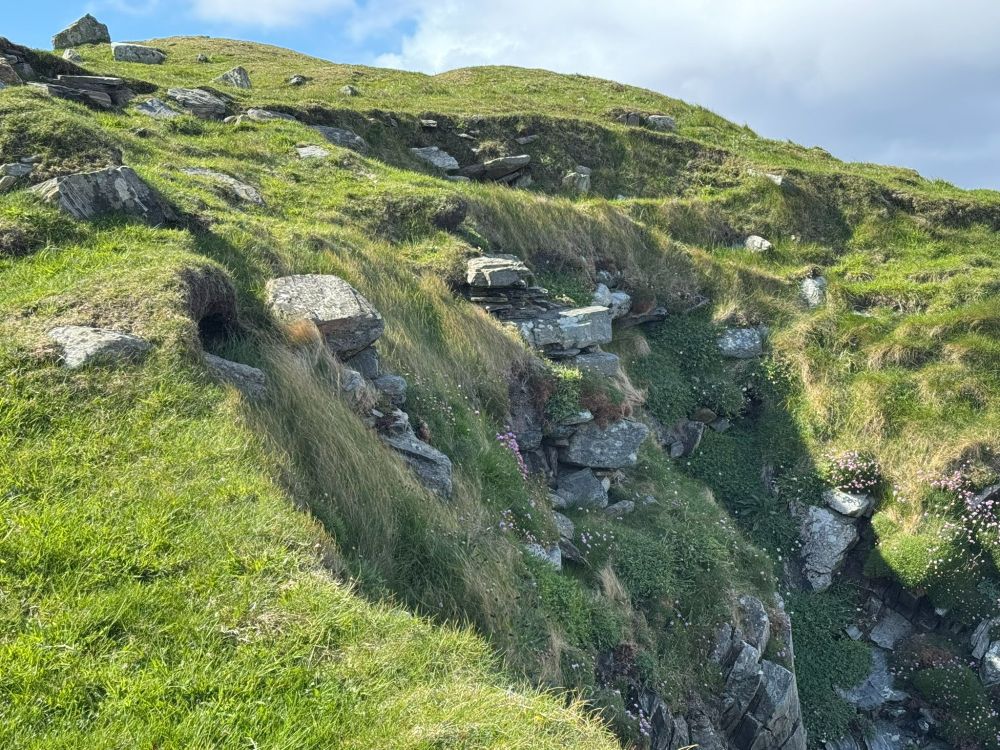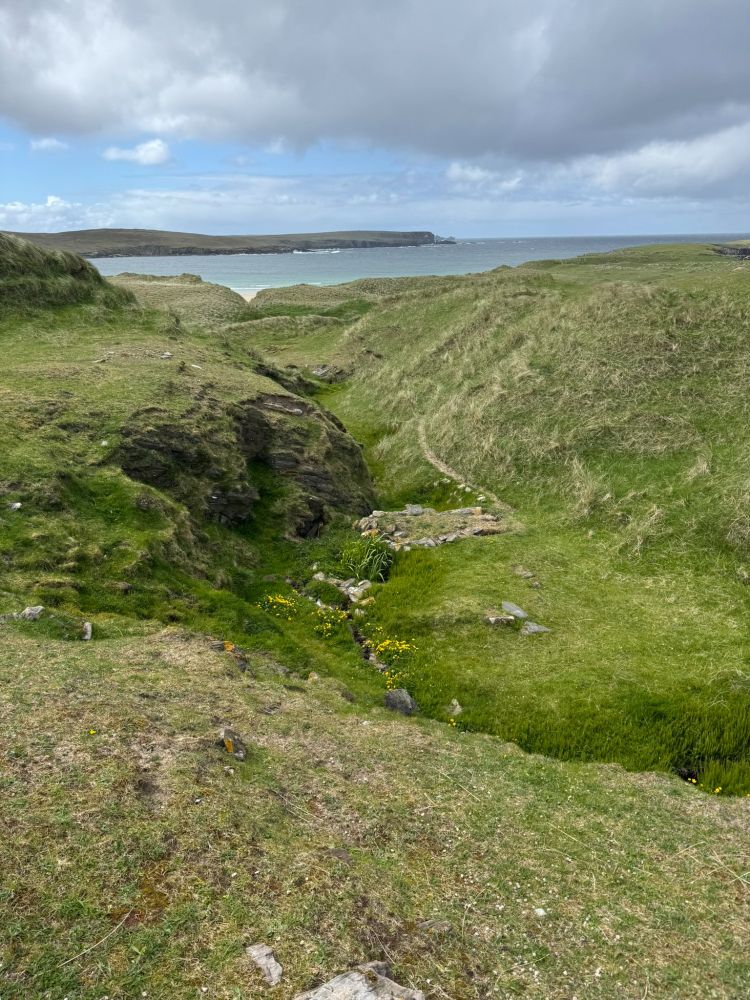SCAPE
@coastarch.bsky.social
430 followers
360 following
55 posts
SCAPE works with the public to research, investigate, interpret and promote the archaeology of Scotland’s coast. https://scapetrust.org/
Posts
Media
Videos
Starter Packs
Pinned
SCAPE
@coastarch.bsky.social
· 19d

Candace: The Life of a Lowestoft Sailing Drifter (1888–1919) - The SCAPE Trust
In a quiet inlet of Southladie Voe, West Sandwick, Yell (Shetland), lies the remains of an old wooden wreck. Enough survives to identify her as a probable Class 1 sailing drifter, though her design di...
scapetrust.org
SCAPE
@coastarch.bsky.social
· 19d
SCAPE
@coastarch.bsky.social
· Sep 8

A Walk of Discovery: North Yell, Shetland - The SCAPE Trust
The stunning beach at Sands of Breckon is a magnet in North Yell for locals and visitors alike – but did you know that by taking a short walk around the headland you will discover a rich archaeologica...
scapetrust.org
SCAPE
@coastarch.bsky.social
· Aug 1
SCAPE
@coastarch.bsky.social
· Jul 10
Reposted by SCAPE






